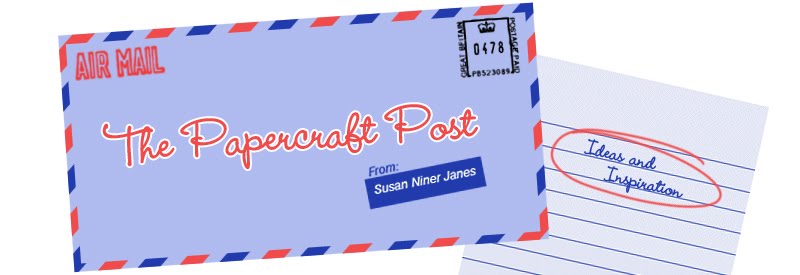46 Colorful,
Dimensional Projects
By Anna Schepper and Lene Schepper
Quarry Books 2015
Paperback £15.99 UK/$24.99US/$29.99CAN
ISBN 978-1-63159-039-9
Star rating: *****+
Have you ever made a woven paper heart? Paper weaving is a
craft tradition in Denmark and Norway. Anna and Lene, the Danish mother and daughter
team behind Paper Matrix, have taken the art of paper weaving and updated it
for the 21st century. From a
papercrafter’s viewpoint, their book is about exciting as it gets. What do you get when you combine reverence for
tradition past, a deep understanding of
geometric principles (Anna is a trained architect), and an assist from some powerful design
software? – the unmistakable genius of Paper Matrix.
If this book were only a project book, it would have earned
its five star rating. But it goes beyond the presentation of wonderful projects – it aims to build skills
so that eventually the reader will be able to combine ideas and eventually
innovate. Wow.
Beginning with an attractive triangle bunting, the book
introduces designs of increasing complexity. The triangle bunting, no less
attractive for its simplicity, teaches several skills used in more complex
paper weaving – weaving in rows, weaving around a centre, and sliding. The book
then moves on to the Basic Cone – a cornet shape with a handle that would make
an ideal tree decoration. Before weaving, the two pieces of the cone template
look like angel wings! Invaluable tip – they are interwoven over a paper cone
armature. Next come spheres – the swirling pattern pieces are awesomely
beautiful in their own right. The last basic shape is the basket, the most
functional design.
With basic skills established, the book moves on to ever
more intricate creations – hot air balloons, and exquisite shaped creations like
onion domes. The Heart in Hand, based on 1840s friendship tokens, would make a
wonderful Valentine’s project. There are sections of themed projects, such as Magic Circus, and Tivoli Gardens (Copenhagen’s famous amusement park).
A delightful section at the back of the book, Pretty Handles, shows a variety of
interwoven handle options. The handle strips can be interlaced in various ways
to produce different designs. There is also a nifty spread, On Colors and Patterns, that tells you how to interweave the coloured strips to produced desired pattern results (takes me back to when I studied woven textiles).
The projects are accompanied by carefully detailed
step-by-steps, illustrated as required. The back-of-book templates are full-size,
with more available online.
How do you go about reproducing the intricate design
templates? The authors suggest three different methods: photocopier and scissors; scanner, printer,
and scissors; or scanner, software, and digital cutter. (Surely the last method
is the optimum method for crafting professional-looking results.) So - not exactly easy-when-you-know-how - but a fascinating creative skill to learn and build upon.
I have previously reviewed Fletvaerk, Anna & Lene Schepper’s Danish-language title, on my
blog. Although there is some overlap in the content of the two titles, The Art of Paper Weaving is a more
comprehensive skill-builder.
If you are looking for a Christmas gift for a papercrafter,
then the unmistakable magic of Paper Matrix should be top of your list – The Art of Paper Weaving.
















































